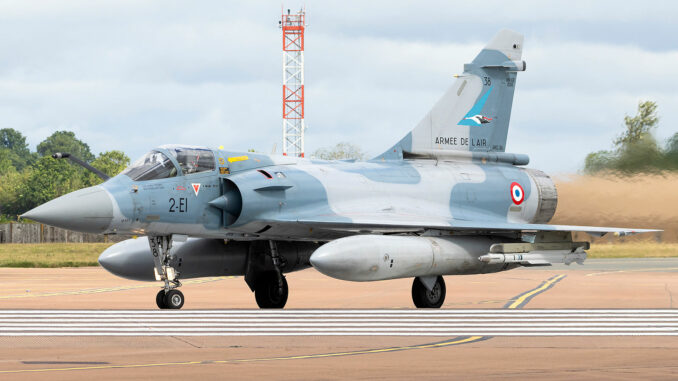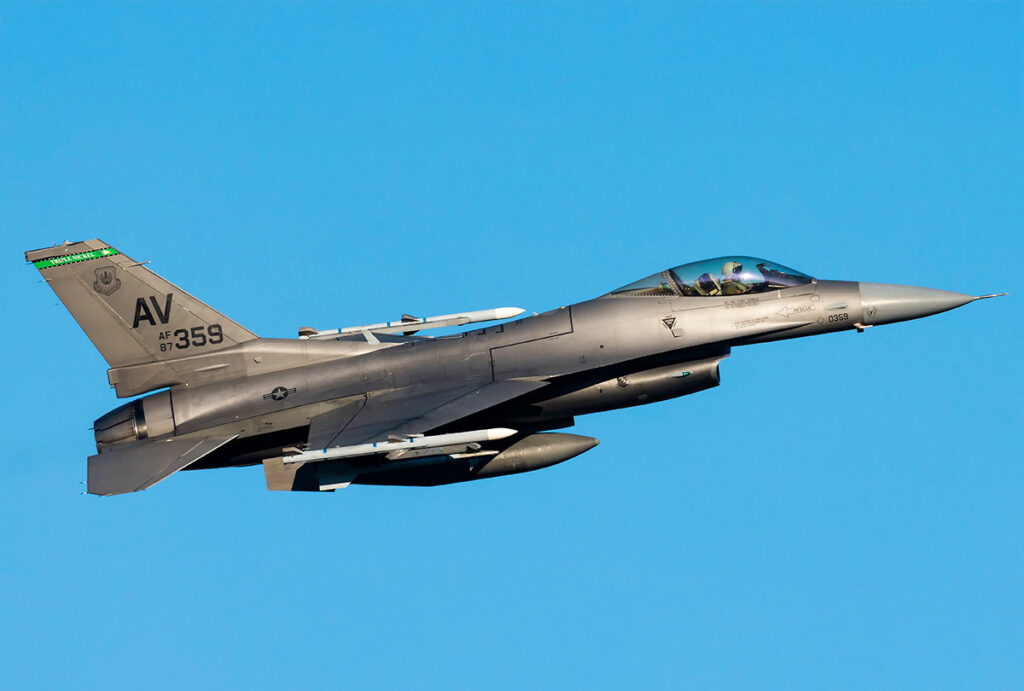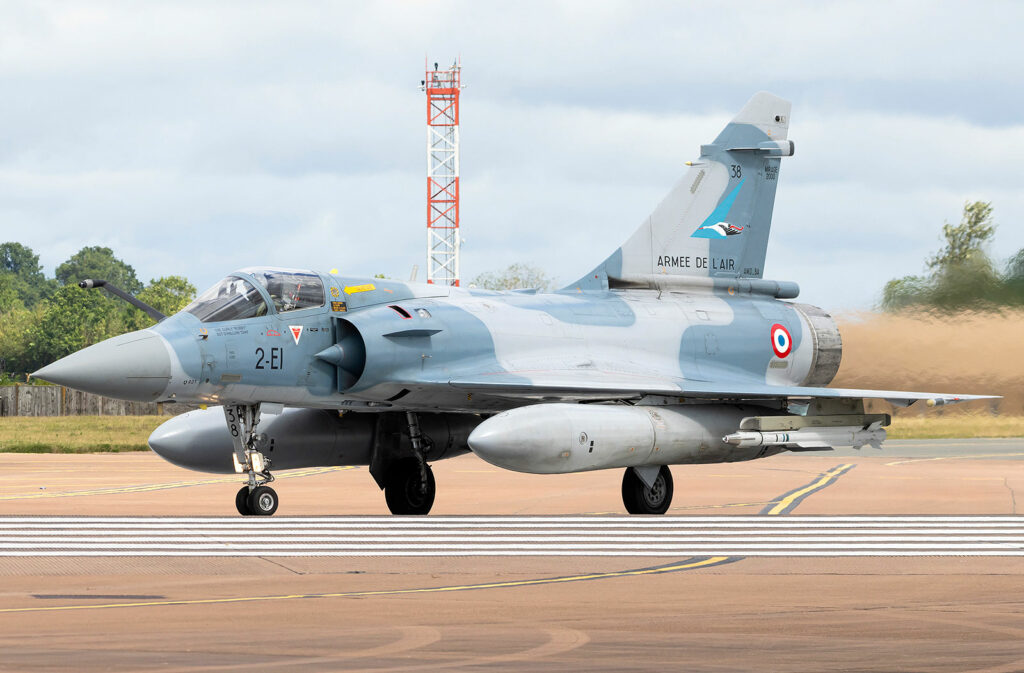
Find out how modern fighter planes guarantee secure exchanges thanks to tactical links and electronic countermeasures.
How do modern fighter planes ensure secure communication in hostile environments?
Modern fighter planes use advanced communication systems to guarantee secure exchanges in hostile environments. These technologies include tactical data links, electronic protection measures and robust encryption protocols.
Tactical data links: the role of Link 16
Link 16 is a standardized communication system used by the US military, NATO and their allies to transmit and exchange tactical data in real time. This system allows aircraft, ships and land forces to share a common tactical picture, thus improving coordination and situational awareness on the battlefield. Link 16 supports the exchange of text messages, images and secure voice communications via 2.4 kbit/s or 16 kbit/s digital channels.
One of the main advantages of Link 16 is its resistance to jamming and its high level of security. It uses frequency hopping and encryption techniques to protect communications from interception and enemy interference. In addition, the system operates according to a time division multiple access (TDMA) protocol, allocating specific time slots to each user, which optimizes spectrum use and reduces the risk of data collisions.
However, Link 16 has certain limitations, particularly in terms of bandwidth. Initially designed for data rates of 108 to 238 kbit/s, recent improvements have increased this capacity to around 1 Mbit/s. Nevertheless, this bandwidth remains relatively low compared to the growing data transmission needs of modern systems.

Electronic countermeasures and communications protection
Modern fighter planes are equipped with electronic countermeasures (ECM) systems to defend themselves against electromagnetic threats, in particular the jamming of communications and radar. For example, the AN/ALQ-131(V) system is an electronic countermeasures pod that protects crews by jamming enemy radar signals, thus enabling better survival in hostile environments.
In addition to ECM, fighter planes use electronic protection measures (EPM) or electronic counter-countermeasures (ECCM) to counter enemy jamming attempts. These systems detect, identify and neutralize jamming sources, thus ensuring the continuity of communications and radar operations.
A notable example is the electronic protection system integrated into the F-16 aircraft, which combines a digital radar warning receiver and active jamming capabilities to detect, identify, locate and counter potential threats.

Secure communications: challenges and solutions
Ensuring secure communications in hostile environments presents several challenges, including the constant threat of jamming and interception by the enemy. Military forces must therefore continually adapt and improve their communications systems to maintain an operational advantage.
The integration of advanced communications systems, such as Link 16, with robust electronic protection capabilities, enables modern fighter aircraft to maintain secure and effective communications, even in highly contested environments. However, the increasing complexity of electromagnetic threats requires constant vigilance and continuous investment in the research and development of new communications and protection technologies.
Modern fighter jets rely on a combination of secure tactical data links, electronic countermeasures and advanced encryption protocols to ensure reliable communications in hostile environments. These systems are essential to maintain air superiority and guarantee mission success in increasingly complex and contested environments.
War Wings Daily is an independant magazine.